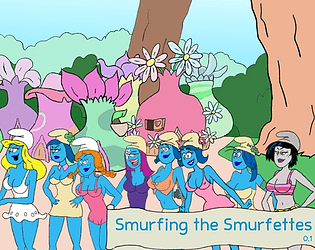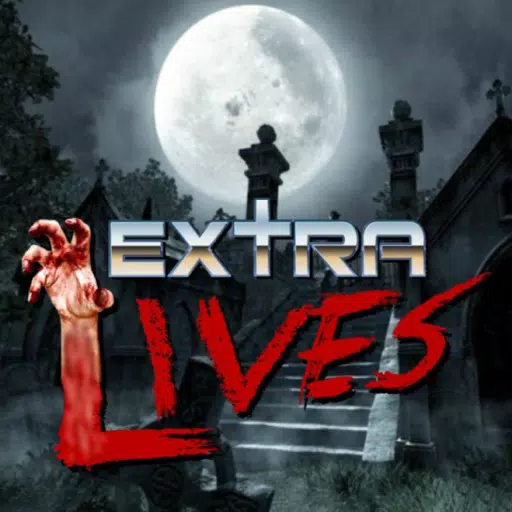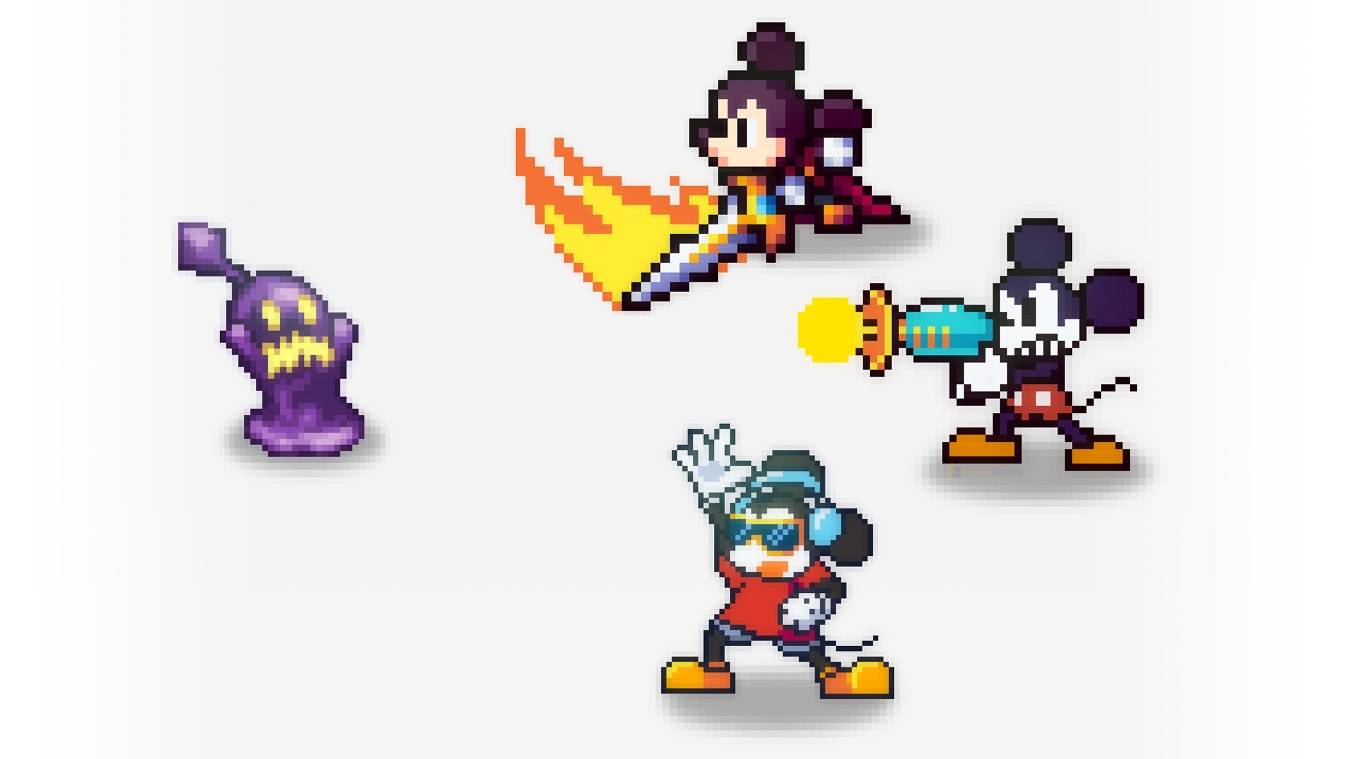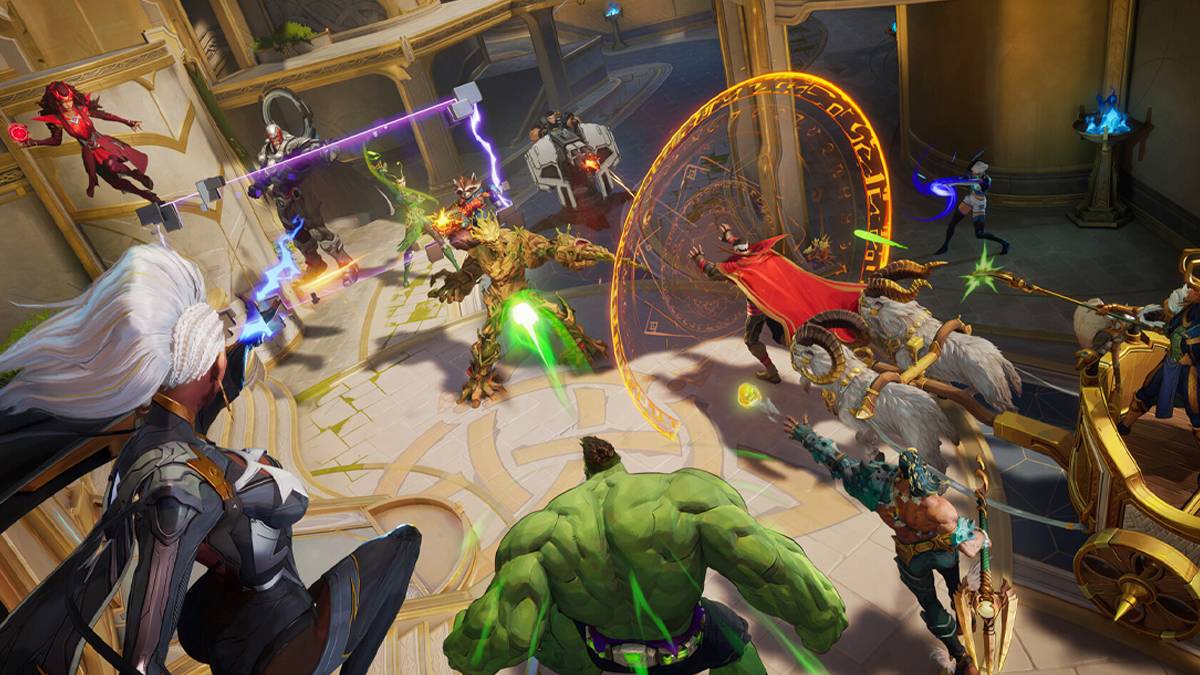Amazon Prime's animated adaptation of Robert Kirkman's Invincible has revitalized interest in the comic book series. Its blend of intense action, multifaceted characters, and morally gray storytelling quickly garnered a devoted following. However, translating the expansive comic book narrative to television necessitated changes, some subtle, others more pronounced.
This analysis examines the key divergences between the animated series and the comics, explores the reasons behind Season 3's perceived shortcomings, and assesses the impact of these adaptations on the overall narrative.
Table of Contents ---
From Page to Screen: Key Differences
Mark Grayson's Evolution: Accelerated vs. Gradual Development
Supporting Characters: Screen Time Shifts
Antagonists: Streamlined Motivations
Action Sequences: Enhanced Visuals and Choreography
Thematic Focus: Morality and Legacy
Season 3 Critique: A Diminished Impact
Repetitive Narratives: Familiar Ground Retreaded
Cecil's Subplot: An Unrealized Potential
Subdued Action: Lack of Excitement
Slow Start: Delayed Momentum
Balancing Adaptation and Innovation
Why Viewers Should Still Tune In (Spoiler Alert!)
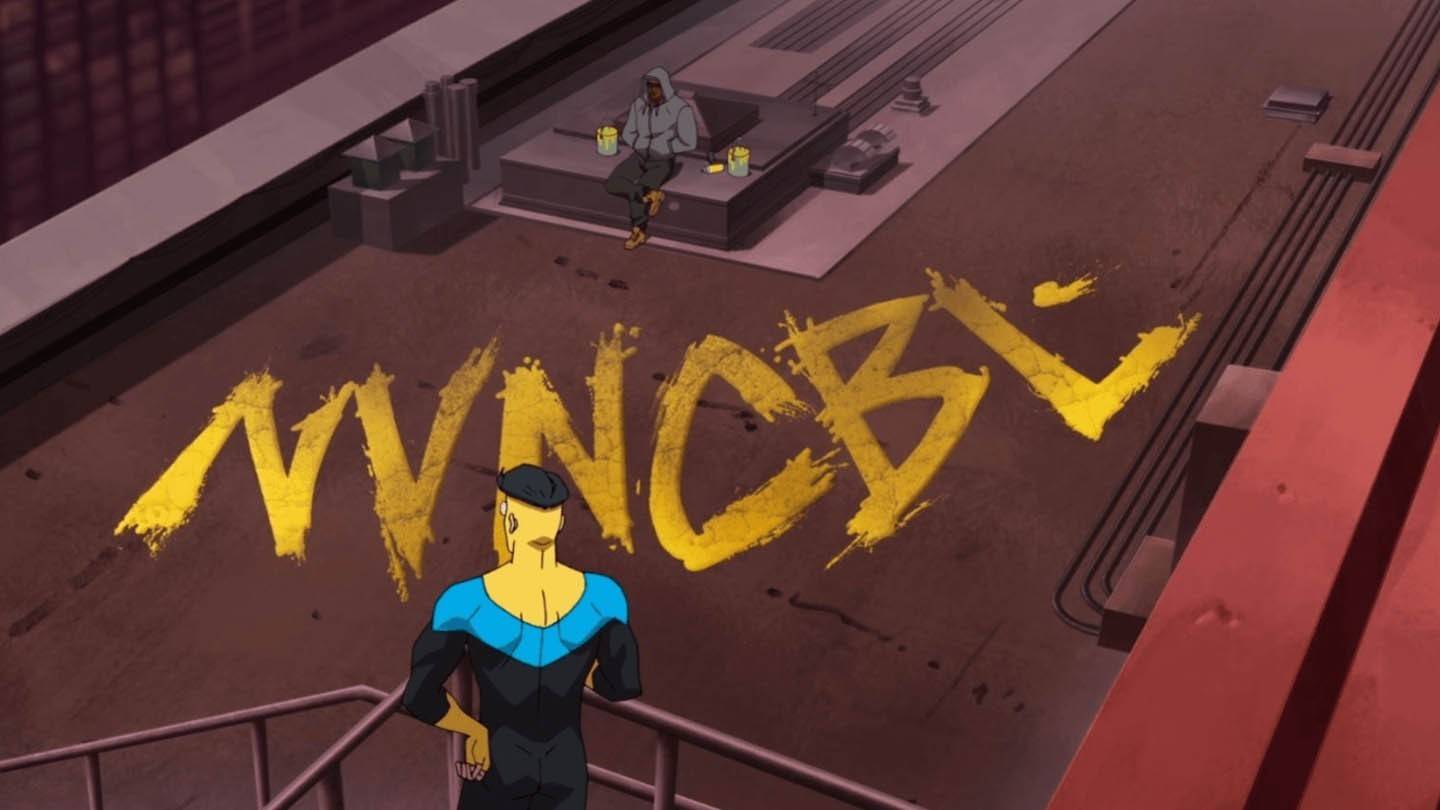 Image: amazon.com
Image: amazon.com
Mark Grayson's Evolution: Accelerated vs. Gradual Development
A significant difference lies in Mark Grayson's portrayal. The comics depict his superhero transformation as a gradual process, showcasing his growth from discovering his powers to confronting the moral complexities of heroism. This measured approach allows for a deeper exploration of his character arc.
The animated series, conversely, compresses Mark's journey, resulting in a more rapid and intense evolution. This enhances the narrative's urgency but sacrifices some of the nuanced depth present in the comics. While engaging, this change might leave long-term fans feeling that aspects of Mark's development were rushed.
Supporting Characters: Screen Time Shifts
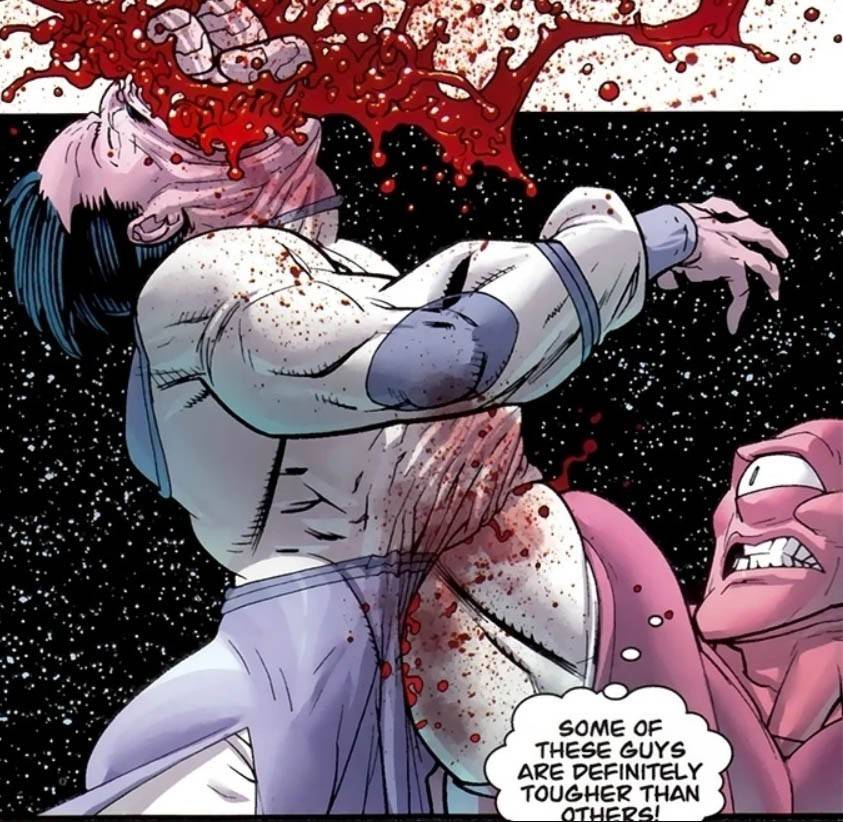 Image: amazon.com
Image: amazon.com
The supporting cast experiences notable shifts in the adaptation. Some characters gain prominence, while others are relegated to less significant roles. Allen the Alien, for instance, becomes a more central figure, injecting humor and providing insights into the broader universe. This expanded role adds a counterpoint to the show's darker tone.
Conversely, characters like Battle Beast receive reduced screen time, potentially disappointing fans of the comics. These adjustments reflect creative choices aimed at streamlining the narrative and broadening its appeal.
Antagonists: Streamlined Motivations
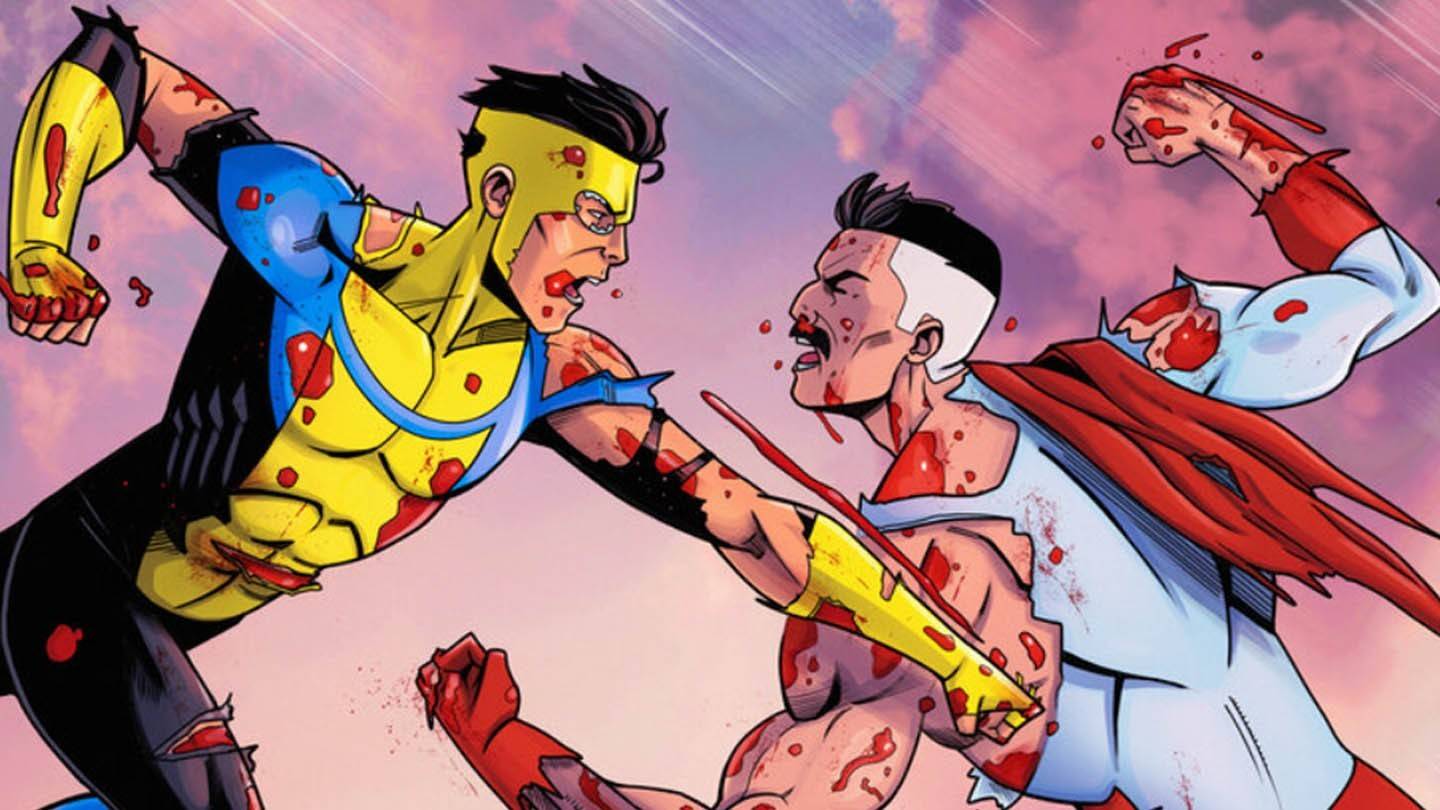 Image: amazon.com
Image: amazon.com
Villains such as Conquest and the Shadow Council receive more detailed treatment in the comics, with their motivations and backstories explored extensively. The series simplifies these aspects for pacing, prioritizing high-stakes confrontations. This approach improves accessibility but risks oversimplifying the antagonists' complexity.
Omni-Man's betrayal, for example, feels more immediate in the series than in the comics, where his descent is more gradually foreshadowed. This alteration affects the emotional impact of key moments and alters audience perception of the villains.
Action Sequences: Enhanced Visuals and Choreography
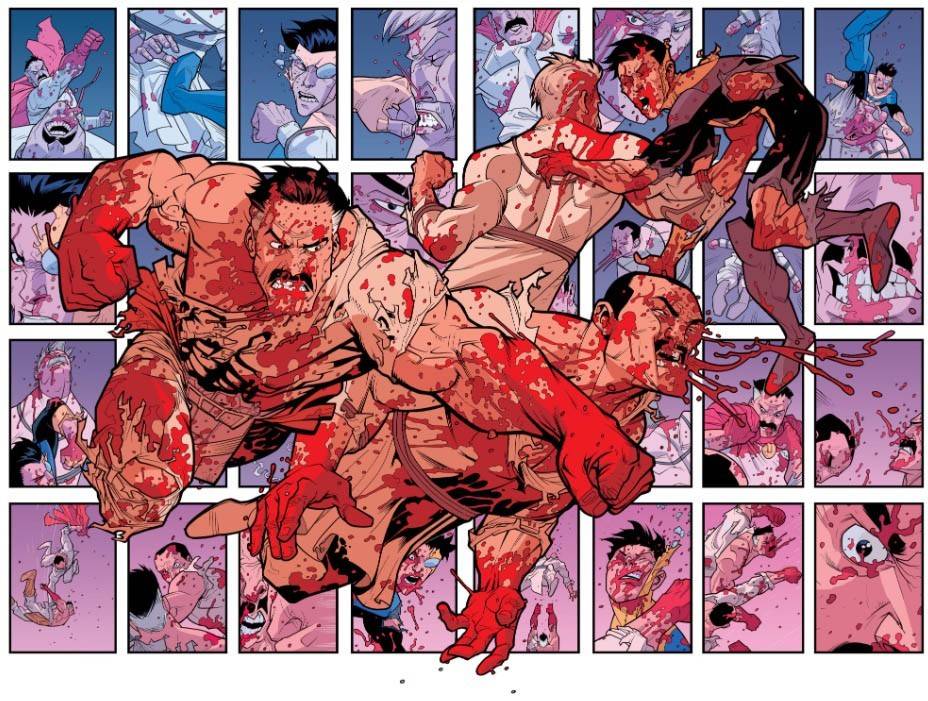 Image: amazon.com
Image: amazon.com
The animated series excels in its depiction of action, utilizing animation's capabilities for dynamic choreography and special effects. Battles are visually intensified, creating a sense of scale and intensity comparable to live-action blockbusters. However, these enhancements sometimes deviate from the comics' original depictions. While generally enhancing the spectacle, these changes might be noticeable to comic book readers.
Thematic Focus: Morality and Legacy
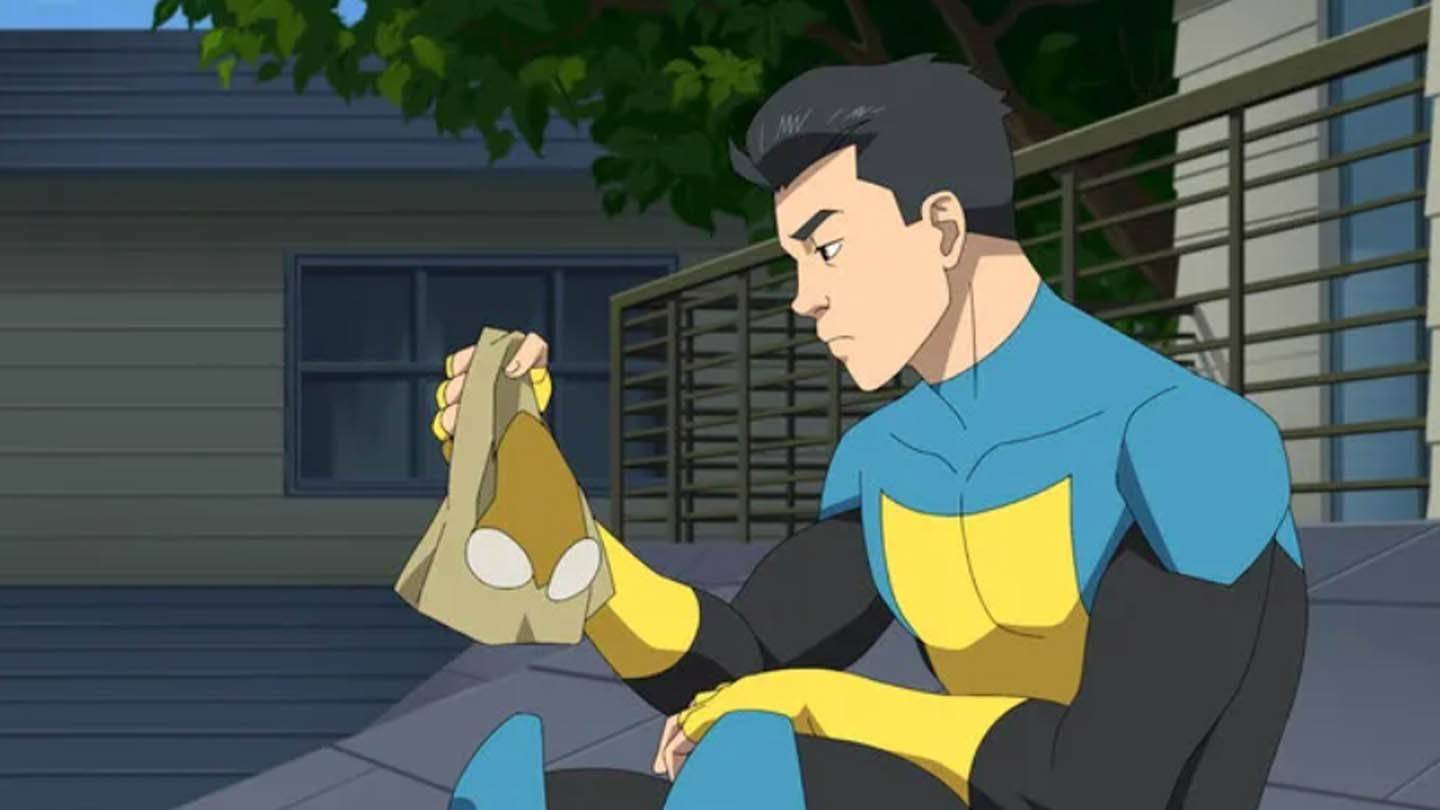 Image: amazon.com
Image: amazon.com
Thematic exploration also differs. The series emphasizes themes of morality, power, and legacy, reflecting the episodic storytelling format. Mark's struggle to reconcile his father's actions with his own sense of justice receives more screen time. Other themes, such as the philosophical implications of superhuman existence, are somewhat downplayed for narrative focus and accessibility.
Season 3 Critique: A Diminished Impact
Despite the acclaim for the first two seasons, Season 3 has left some fans feeling disappointed.
Repetitive Narratives: Familiar Ground Retreaded
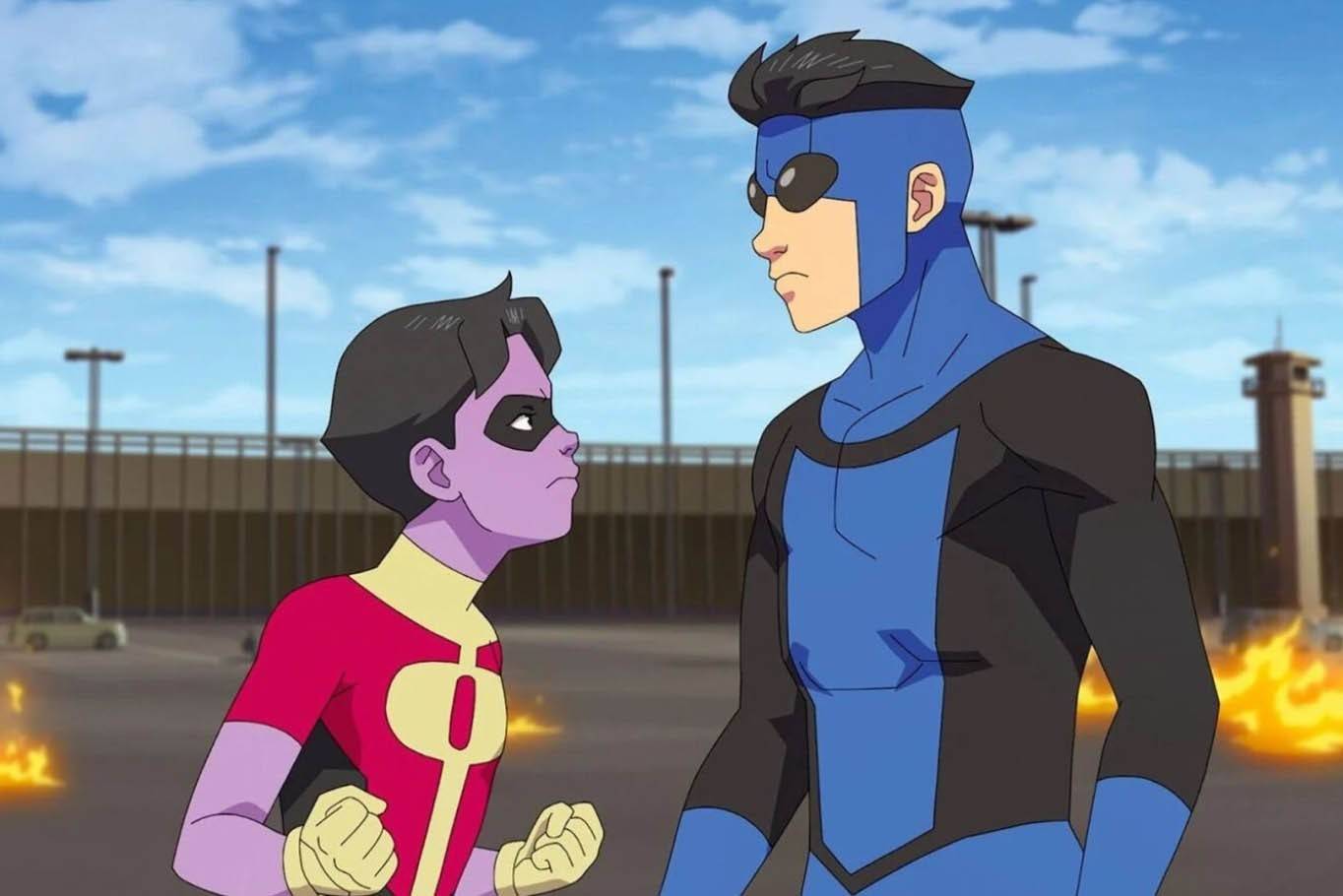 Image: amazon.com
Image: amazon.com
A common criticism of Season 3 is its reliance on familiar plotlines and tropes. Previous seasons surprised viewers with unexpected twists and turns. Season 3, however, revisits these themes without offering much novelty. Mark's internal conflict regarding his father's legacy, for example, feels repetitive.
Cecil's Subplot: An Unrealized Potential
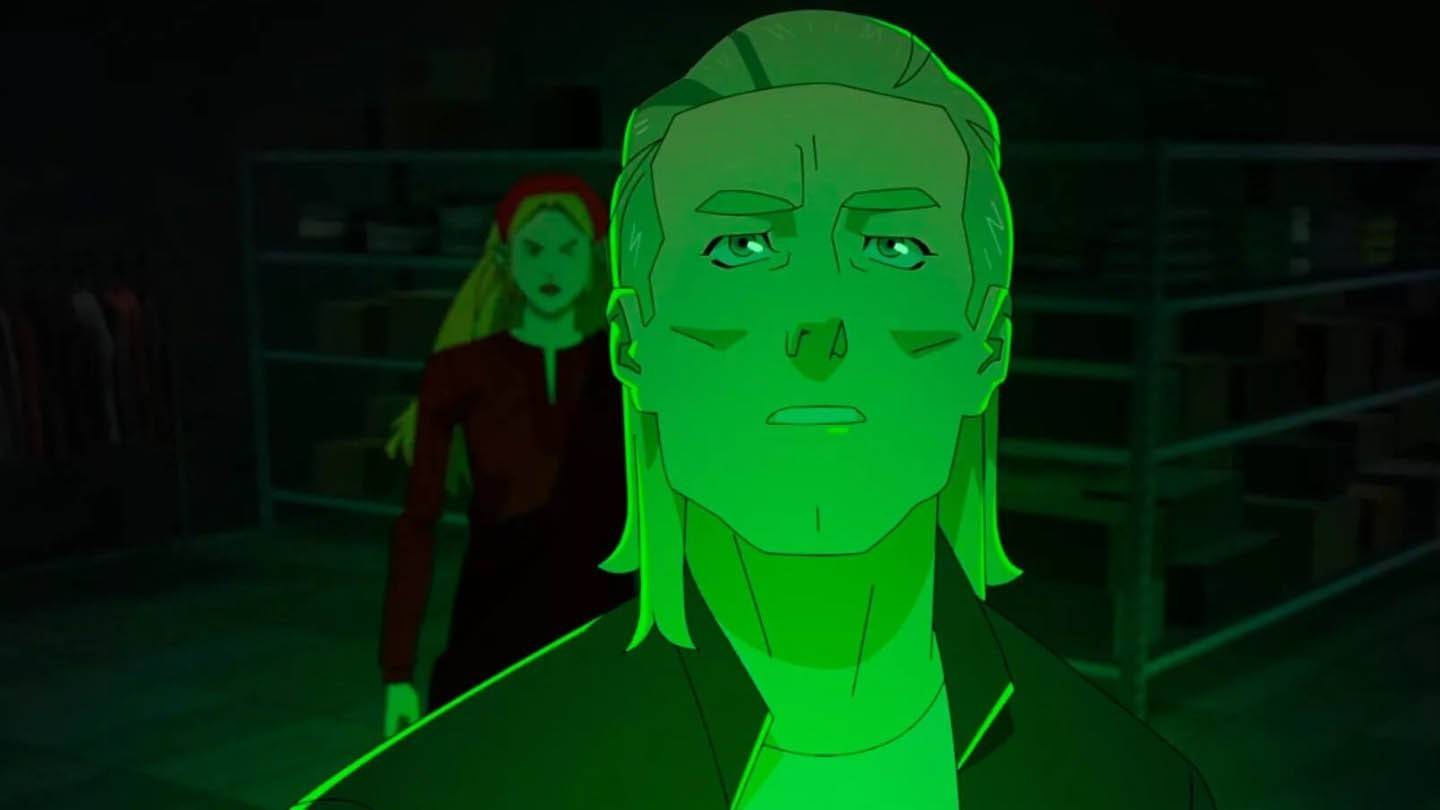 Image: amazon.com
Image: amazon.com
Cecil's subplot, involving the reprogramming of criminals, is an interesting addition but falls short due to its overly idealistic portrayal. In a morally ambiguous world, Cecil's approach feels naive, making Mark's extreme reaction seem incongruous.
Subdued Action: Lack of Excitement
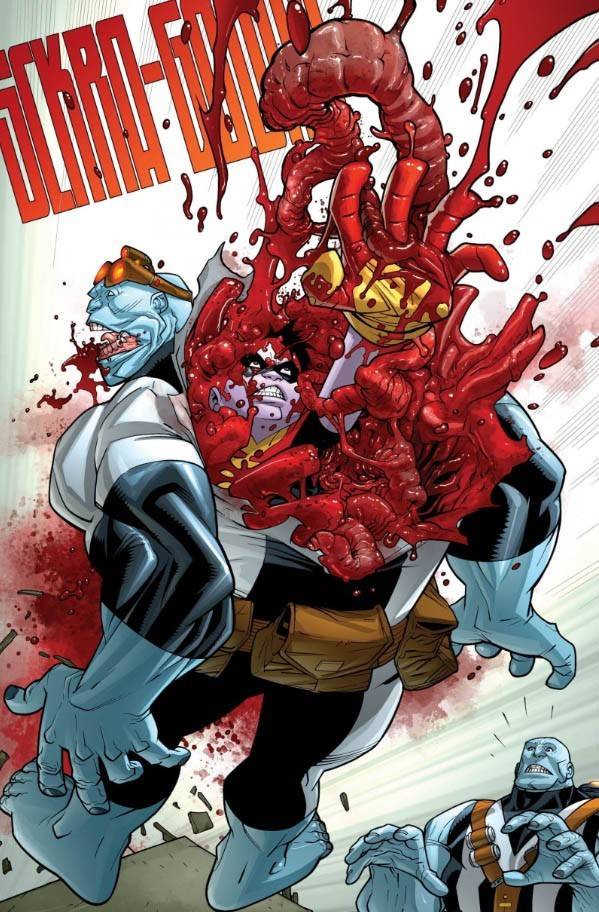 Image: amazon.com
Image: amazon.com
Even the action sequences, previously a highlight, lack the same impact. While visually impressive, they lack the emotional resonance of earlier seasons. The absence of significant stakes makes these moments feel less impactful.
Slow Start: Delayed Momentum
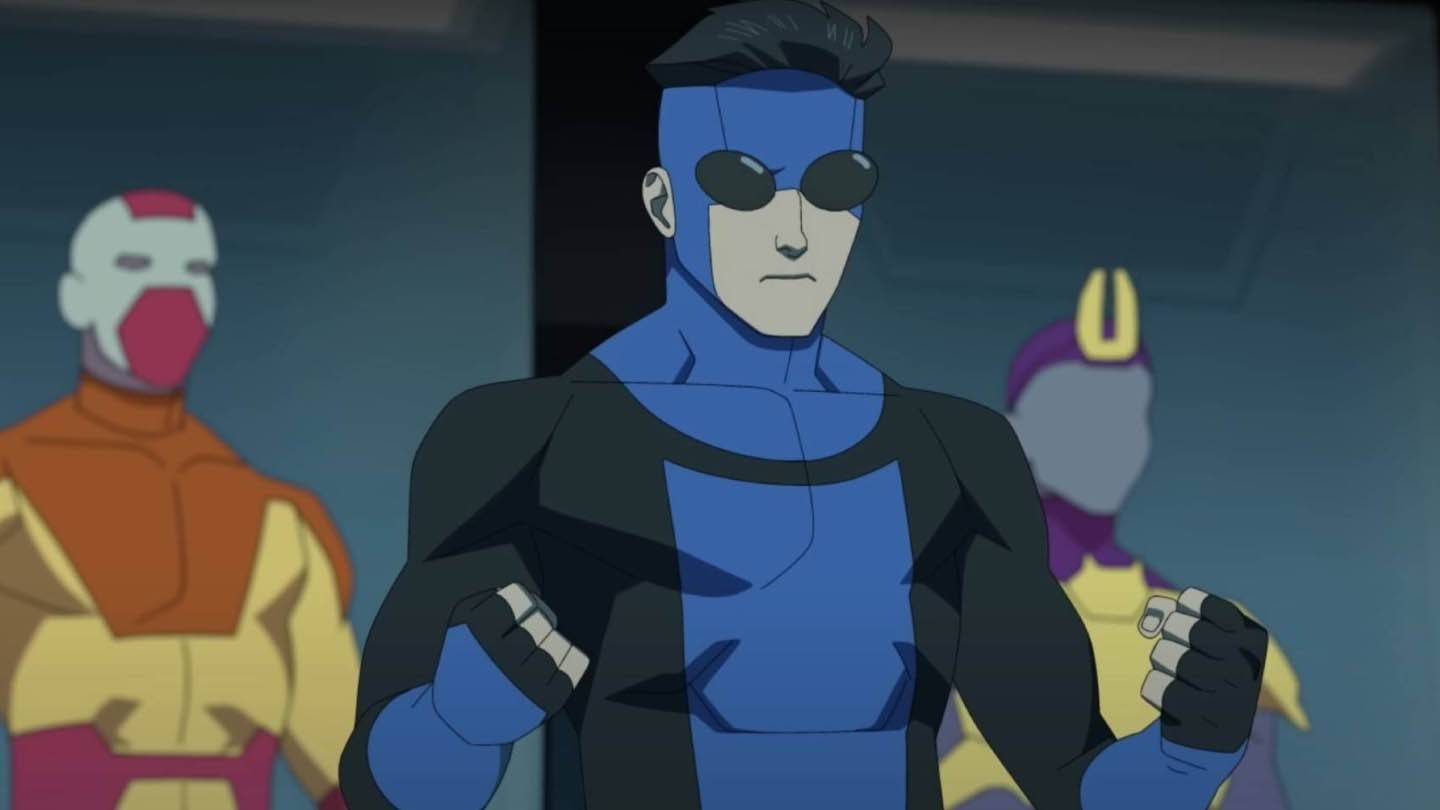 Image: amazon.com
Image: amazon.com
Season 3 suffers from a slow start, introducing generic villains and threats that fail to create urgency. The delayed momentum diminishes the initial excitement.
Balancing Adaptation and Innovation
The Invincible animated series successfully captures the essence of the comics while making necessary adjustments for television. However, maintaining this balance proves challenging. Over-reliance on familiar tropes or prioritizing spectacle over depth risks diminishing the original material's strengths.
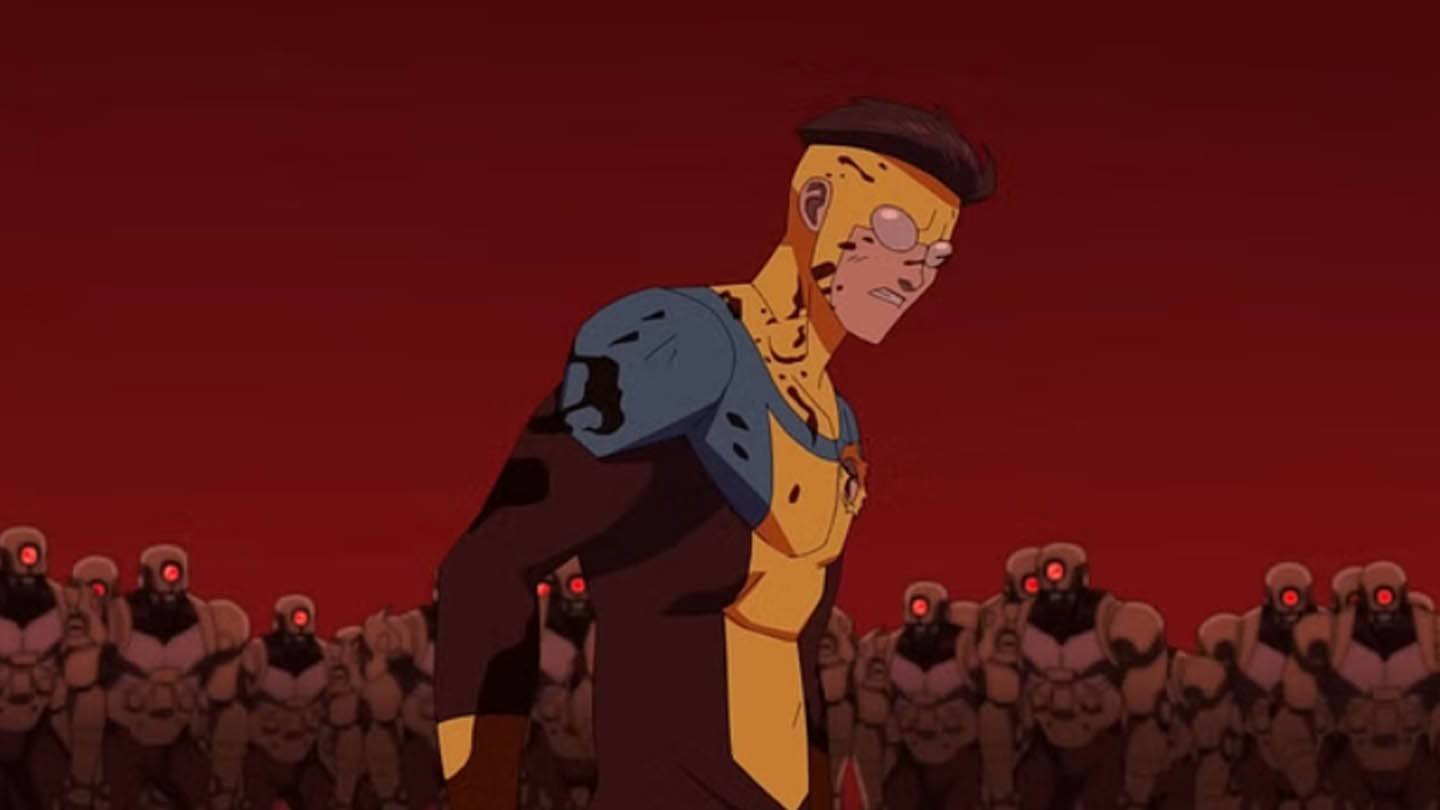 Image: amazon.com
Image: amazon.com
Why Viewers Should Still Tune In (Spoiler Alert!)
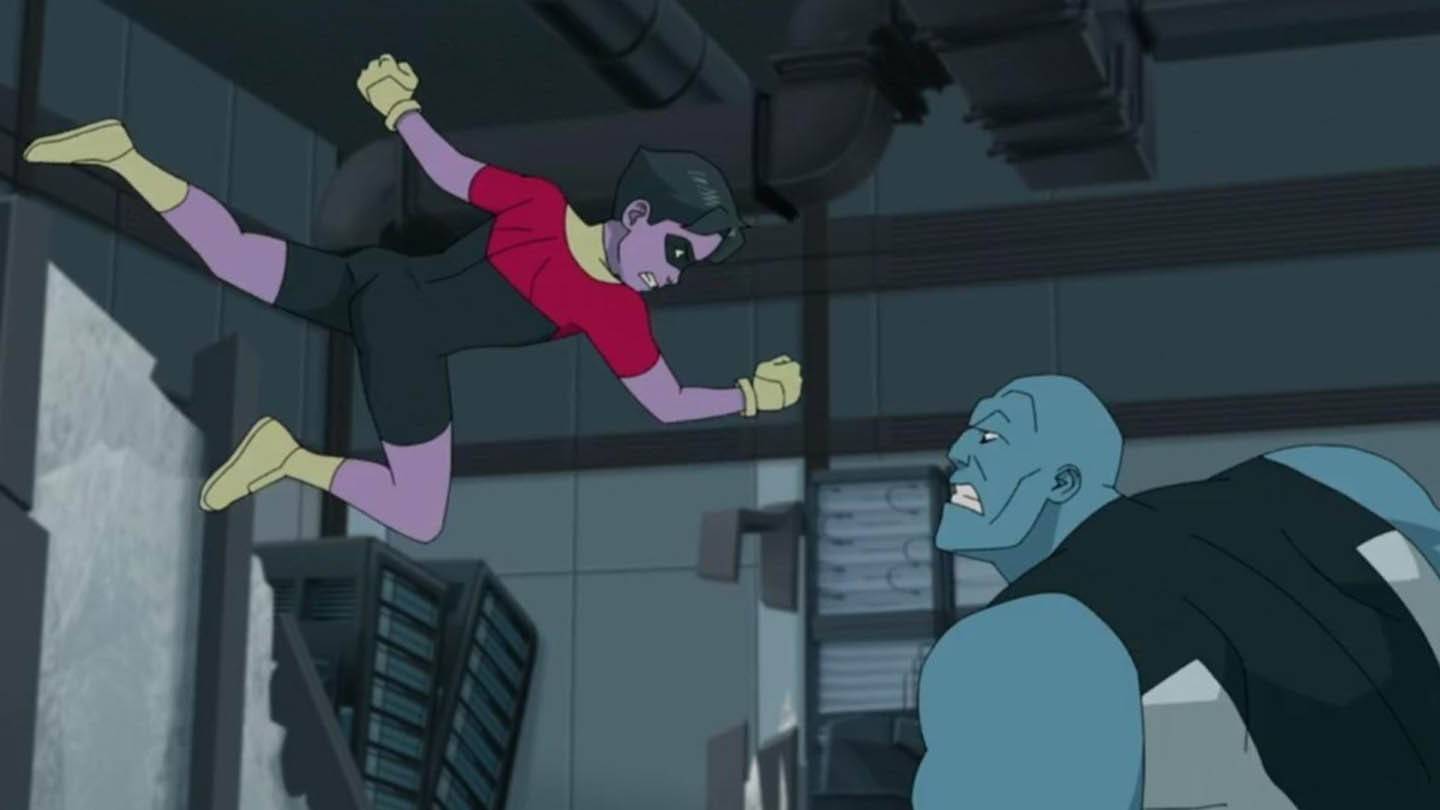 Image: amazon.com
Image: amazon.com
Despite its shortcomings, Invincible remains visually impressive and engaging. Its intense action, compelling characters, and thought-provoking themes continue to hold viewer interest. However, don't expect the same level of excitement as the first two seasons. The series' future remains uncertain, especially given the limitations of adapting a completed source material.
 Home
Home  Navigation
Navigation






 Latest Articles
Latest Articles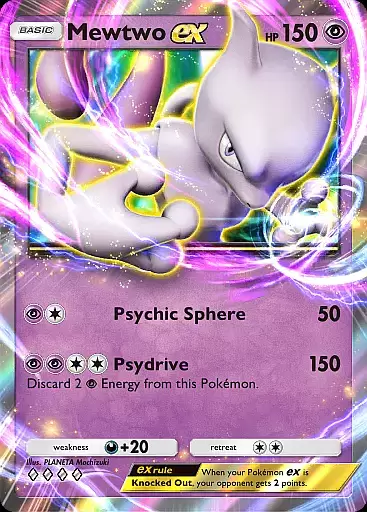
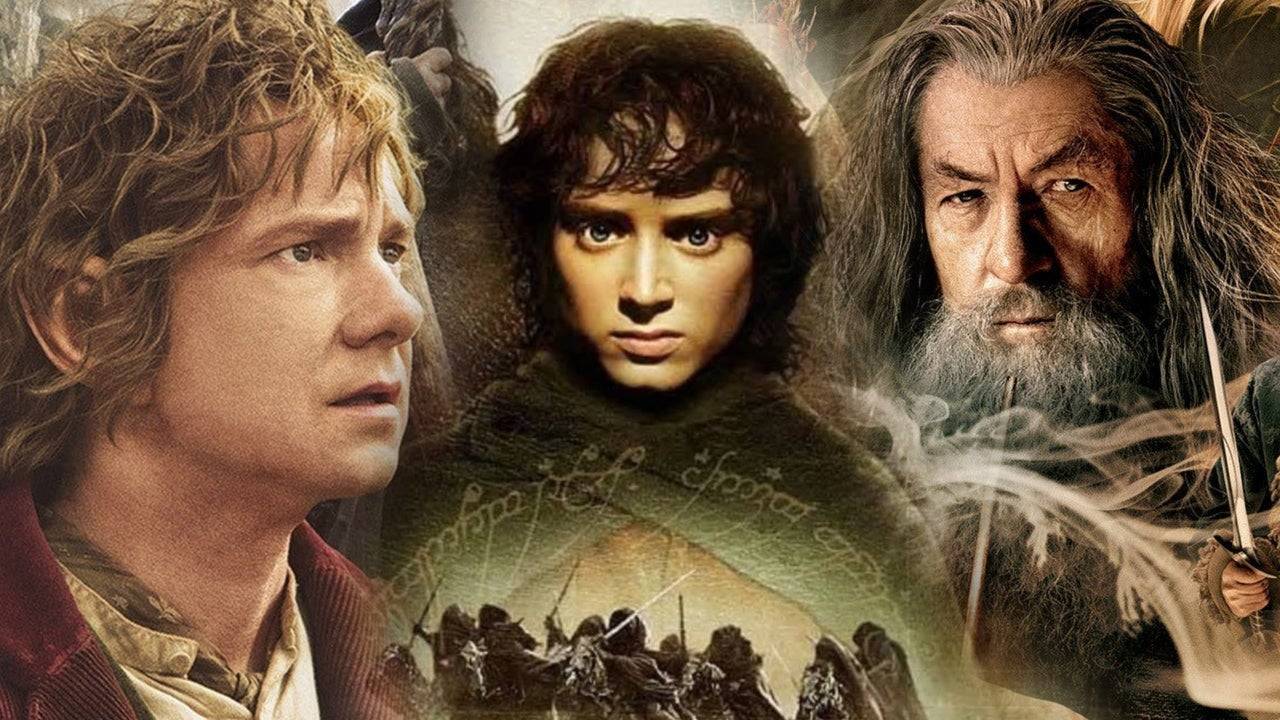
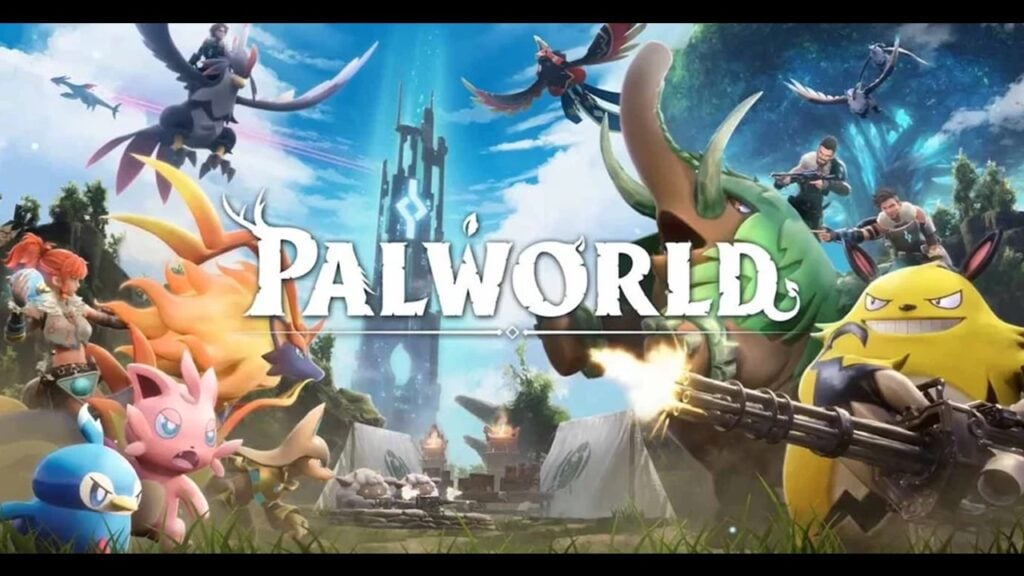








 Latest Games
Latest Games






